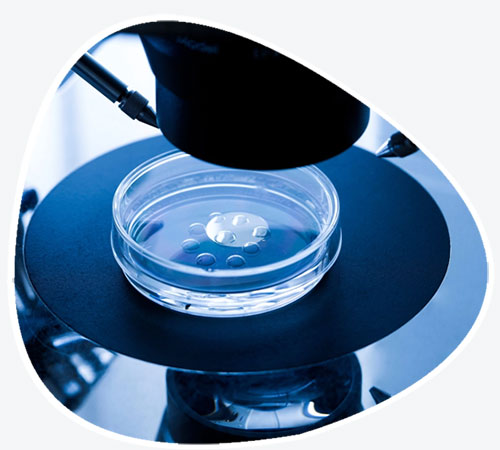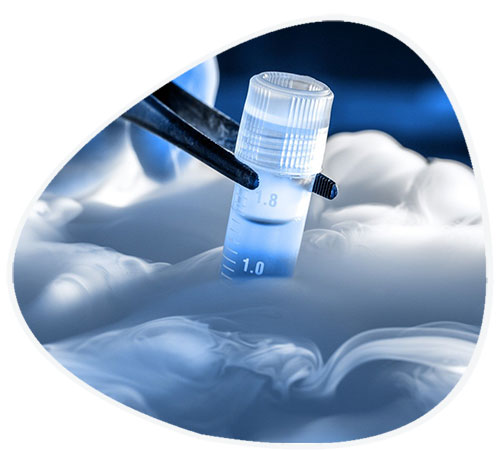Embryo Donation
One of the most common questions that patients ask is “What do the grades of my embryos tell us about my chances of becoming pregnant?” So, an embryo transfer is the last part of the in vitro fertilization (IVF) process. During IVF, fertility medications are used to stimulate the ovaries into releasing healthy eggs.
These eggs are then removed from a woman's ovaries and fertilized in a lab. Once the fertilized eggs have multiplied, the embryos are transferred to the woman's uterus.
For a pregnancy to begin, the embryo must then attach itself to the wall of her womb or uterus.
Around 2 or 3 days before the embryo transfer, the doctor will choose the best eggs to transfer to the womb.
There are many processes available to aid selection, though non-invasive methods such as metabolomic profiling are being tested. Metabolomic profiling is the process of selecting the most beneficial eggs based on a number of different factors. This could limit the need for invasive procedures in the future.
These eggs will then be fertilized in a lab and left to culture for 1-2 days. If many good quality embryos develop, the ones that are not going to be transferred can be frozen.



